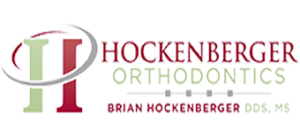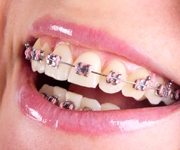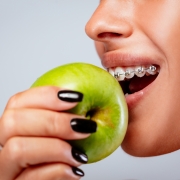Oh No! What to Do if Your Braces Break
Taking proper care of your braces is important when you’re under orthodontic care with Hockenberger Orthodontics. Yet even with the best care, sometimes brackets or wires will break or come undone. When that happens, a quick visit to the orthodontist in Norton, OH, is vital. As you wait for your appointment, here’s what you need to do.
Save any Pieces
First, if a piece of your braces is completely detached, then put it in a baggie so you can bring it to your appointment. Your orthodontist may be able to put it back on when you get to your appointment.
Reattach Loose Parts
If you have a part that’s come loose and you can reattach it, then do so. Try using a cotton swab to put it back where it belongs. Don’t use too much pressure, as you might worsen the issue, but don’t be afraid to try.
Protect Your Cheeks and Gums
If you have any wires or brackets pocking you, use orthodontic wax to cover them until you can get seen. Do not try to break or cut them. You might have to deal with some temporary poking and discomfort until you can get to your appointment, but trying to cut the braces will make things worse.
Eat Carefully
Until your appointment with your orthodontist in Norton, OH, stick to eating softer foods. Avoiding hard and crunchy items can prevent further damage and irritation.
Keep Brushing and Flossing
Even if your braces are broken, you need to keep brushing and flossing to keep your teeth healthy and clean. These actions are unlikely to cause further damage.
Remember, if you have a broken wire or bracket on your braces, call us at Hockenberger Orthodontics for an appointment right away. Soon, we will get things back where they should be so you can continue your orthodontic treatment.










